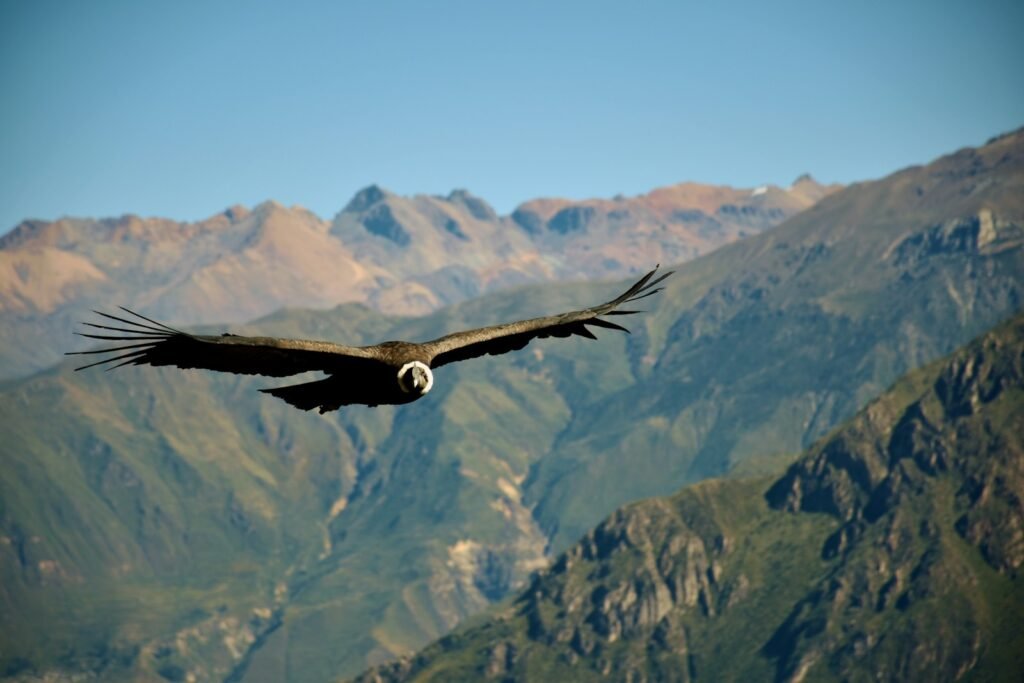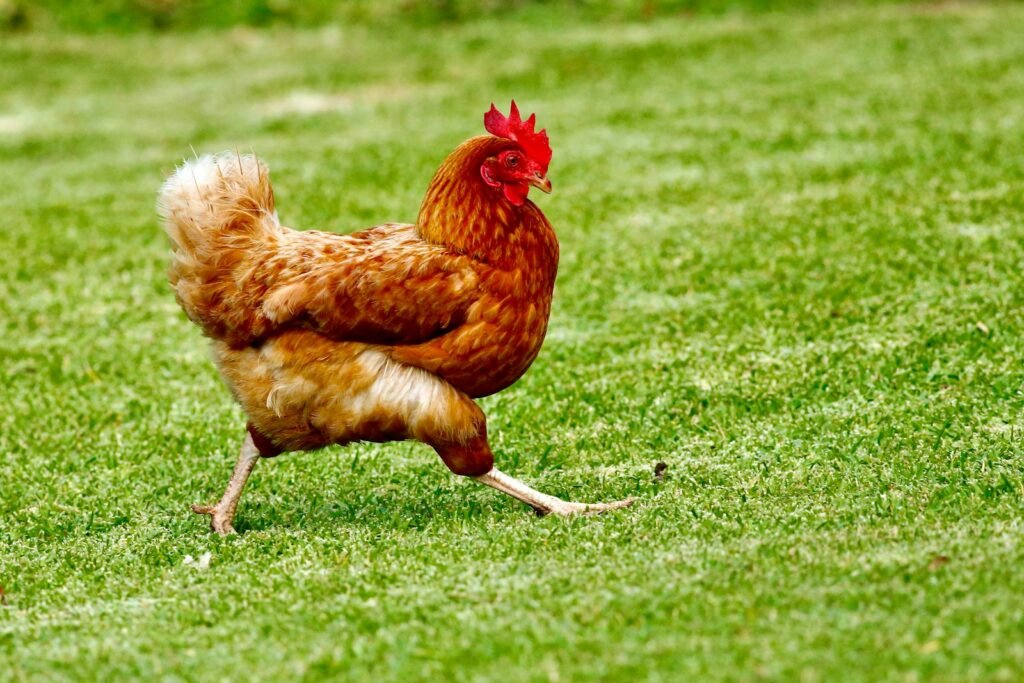On a foggy morning along the Central Coast, the ocean felt cavernous and quiet – too quiet for a place once churned by otters, kelp, and seabirds. California’s wild heart beats through condors over Big Sur, salmon in mountain rivers, and frogs calling in dark timber, yet that pulse is thinning in worrying ways. The causes are familiar – heat, drought, dams, poisons – but the story isn’t just about loss; it’s about what science, policy, and communities can still recover. Field biologists now pair satellites with streamside notebooks, while tribes revive practices that shaped resilient landscapes for centuries. The mystery we face is stark: are we capturing a last snapshot of vanishing species, or the first frames of a comeback?
The Hidden Clues

Here’s the jolt: entire fish populations can slip below detection even as water looks alive at the surface. Researchers now sift rivers for fragments of life – environmental DNA – to find what nets and eyes miss. A single liter of delta water can reveal traces of elusive smelt or migrating salmon, a ghostly signature that says, still here, but barely. Trail cameras pick up shy carnivores at night, stitching together movement maps as precise as subway diagrams. And acoustic recorders log frog calls that human ears never caught.
These hidden clues change the timeline of response from years to days. When eDNA spikes in a floodplain, crews can open gates, soften flows, and give fry a chance. When cameras show mountain lions stalling at a freeway, engineers know where a crossing should go. It’s like switching on a blacklight and suddenly seeing the fingerprints of an ecosystem.
From Ancient Tools to Modern Science
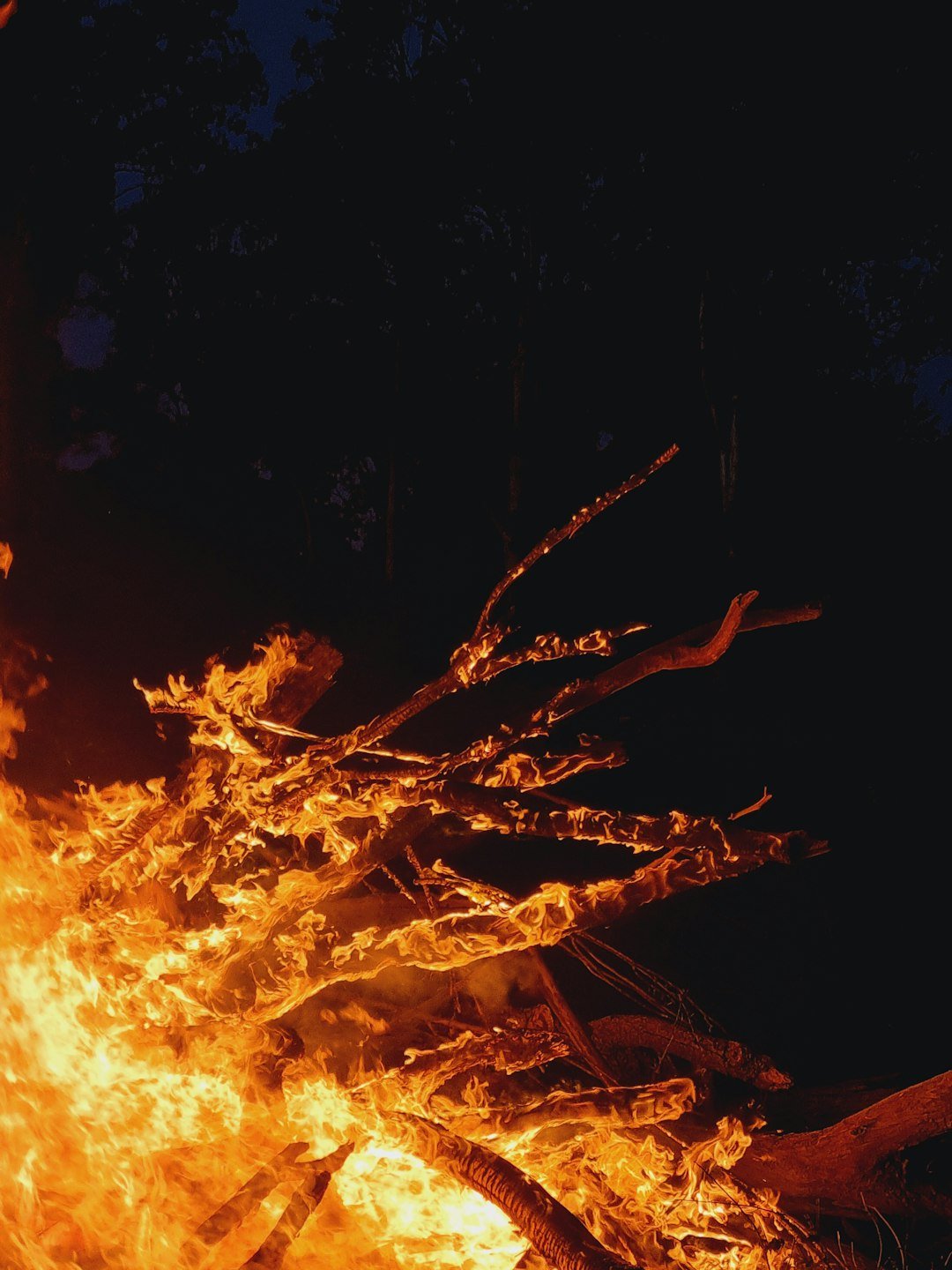
Before algorithms, there were practiced eyes reading rivers, rings of fire, and seasons as if they were calendars. Tribal stewardship – cultural burning, careful harvest, respect for water – built mosaics that resisted megafires and kept creeks cooler. Today, that knowledge sits alongside satellite tags on condors and otters, high-resolution fish counters, and drones assessing kelp breaks. The combination sharpens our view of cause and effect, not just correlation. We see which restoration actions actually move the needle.
On coastal headlands, Indigenous fire practitioners work with agencies to reintroduce low, cool burns, opening oak woodlands that feed birds and butterflies. In salmon country, biologists and tribes expand floodplain nurseries where fry grow fast like kids after rain. Both approaches are ancient-modern hybrids: simple where simplicity works, high-tech where precision matters. The result is a playbook that’s less theoretical and more hands-on.
Fire, Drought, and Heat
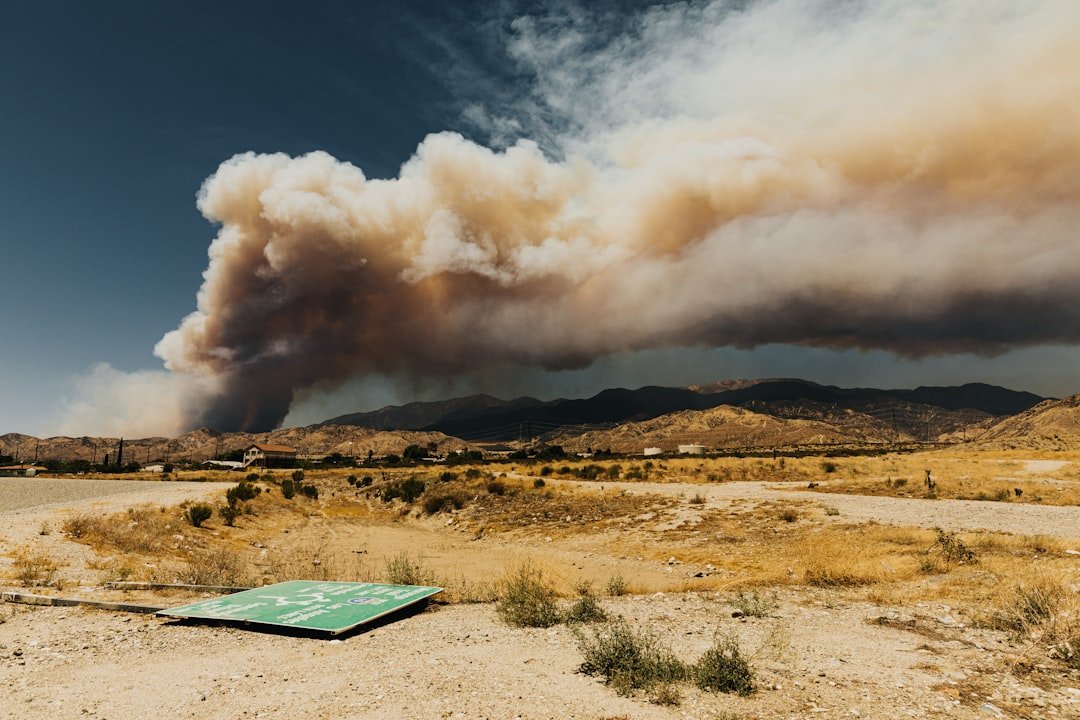
California’s new normal swings between searing heat and atmospheric rivers, and wildlife pays the bill. Big fires erase old-growth structure in days, then storms carve hillsides bare, sending sediment into salmon creeks like wet concrete. Prolonged drought lowers alpine lakes, shrinking the safe pockets where amphibians hang on. Along the coast, marine heatwaves weaken kelp forests, turning rocky reefs into urchin deserts. Sea otters help, but even tough keystones struggle when heat stacks the deck.
Resilience is possible, and it looks practical rather than dramatic. Thinned forests and cultural burns limit the worst fire behavior, buying time for spotted owls and fishers. Shaded streambanks shave degrees off lethal water temperatures. Kelp restoration can tip local patches back to life, especially where predators keep urchins in check. It’s triage, but it’s working in pockets.
Dams, Pumps, and Vanishing Rivers
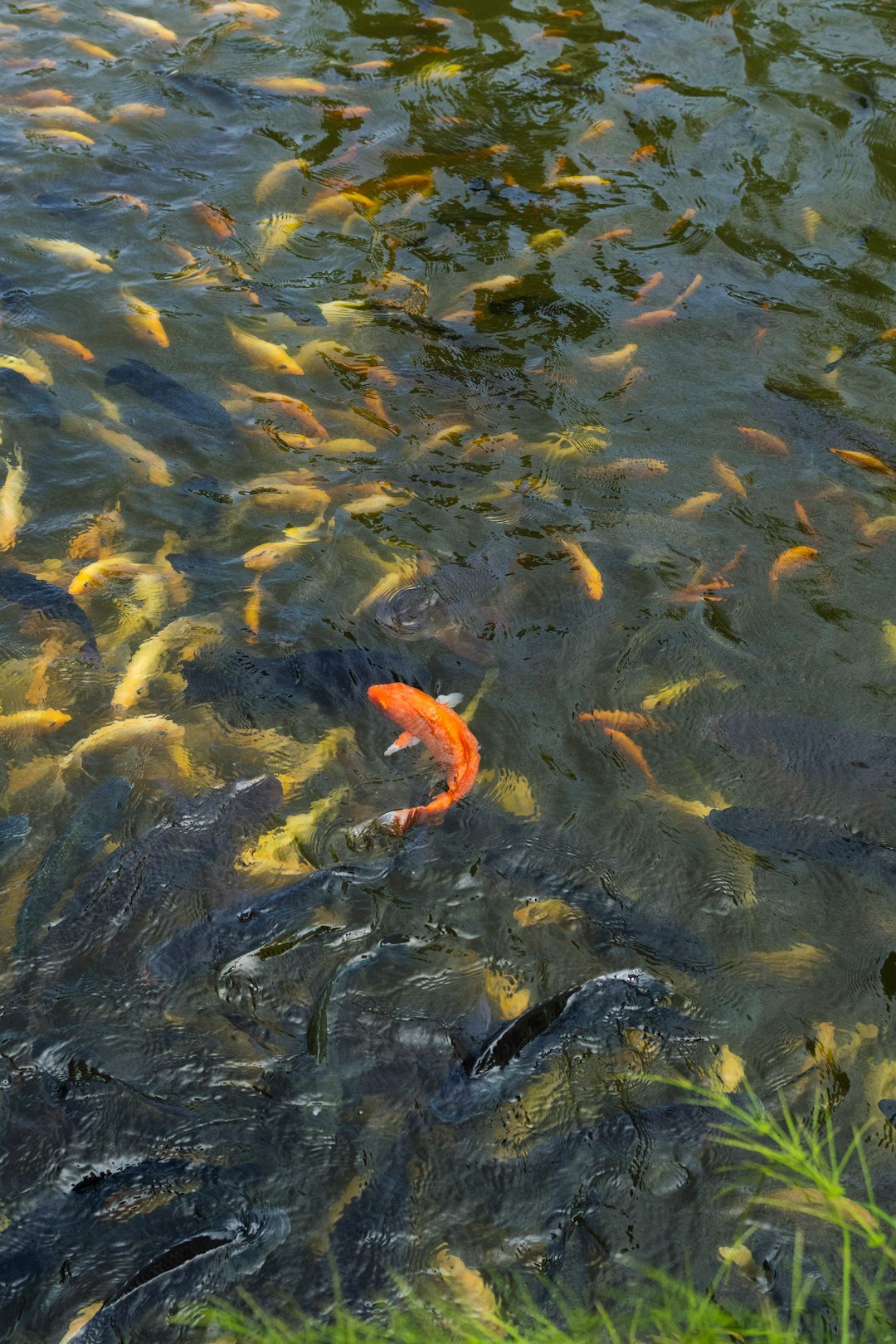
Rivers are the state’s circulatory system, and we’ve placed tourniquets on the arteries. Dams flatten seasonal pulses that salmon once used as green lights to migrate, while giant pumps in the Delta reverse currents and confuse fish. Screens help but don’t rewrite the physics. Floodplains – once sprawling nurseries – shrank into thin ribbons bound by levees. Without room to spread, water speeds up and wildlife loses both shelter and food.
The solution isn’t a single silver bullet; it’s many small keys turning together. Opening bypasses during storms lets juvenile salmon reach calmer water rich with insects. Rice fields managed as temporary wetlands create growth spurts that boost survival at sea. Strategic dam removal, now underway on major rivers to reconnect long-blocked habitat, is restoring oxygen to a system that has been holding its breath for a century. It’s water management tuned to life, not just storage.
Predators on the Edge
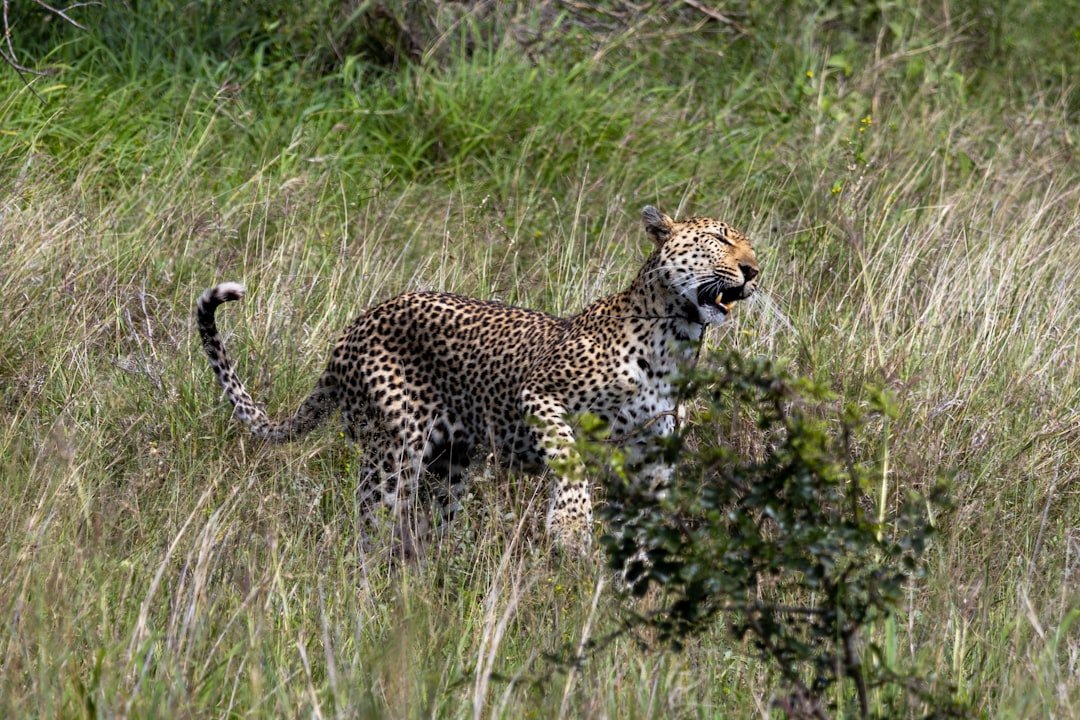
Condors ride thermals above chaparral, yet the invisible threat is in the carcasses they scavenge: lead fragments left by ammunition. Even with stronger regulations, poisoning remains a relentless driver of mortality. Mountain lions hemmed in by freeways face a different trap – genetic isolation that erodes health over generations. In a few tight corridors near Los Angeles, a single wrong turn means traffic, not prey. And wolves filtering back into the state carry promise but also risk if conflict flares.
Connectivity is the common cure. Wildlife crossings knit broken landscapes so genes and animals can move again. Lead-free hunting practices keep scavengers safe without ending tradition. Better livestock-guarding tools reduce clashes with predators. With those basics in place, even small populations can bend upward.
Ghosts of the Delta
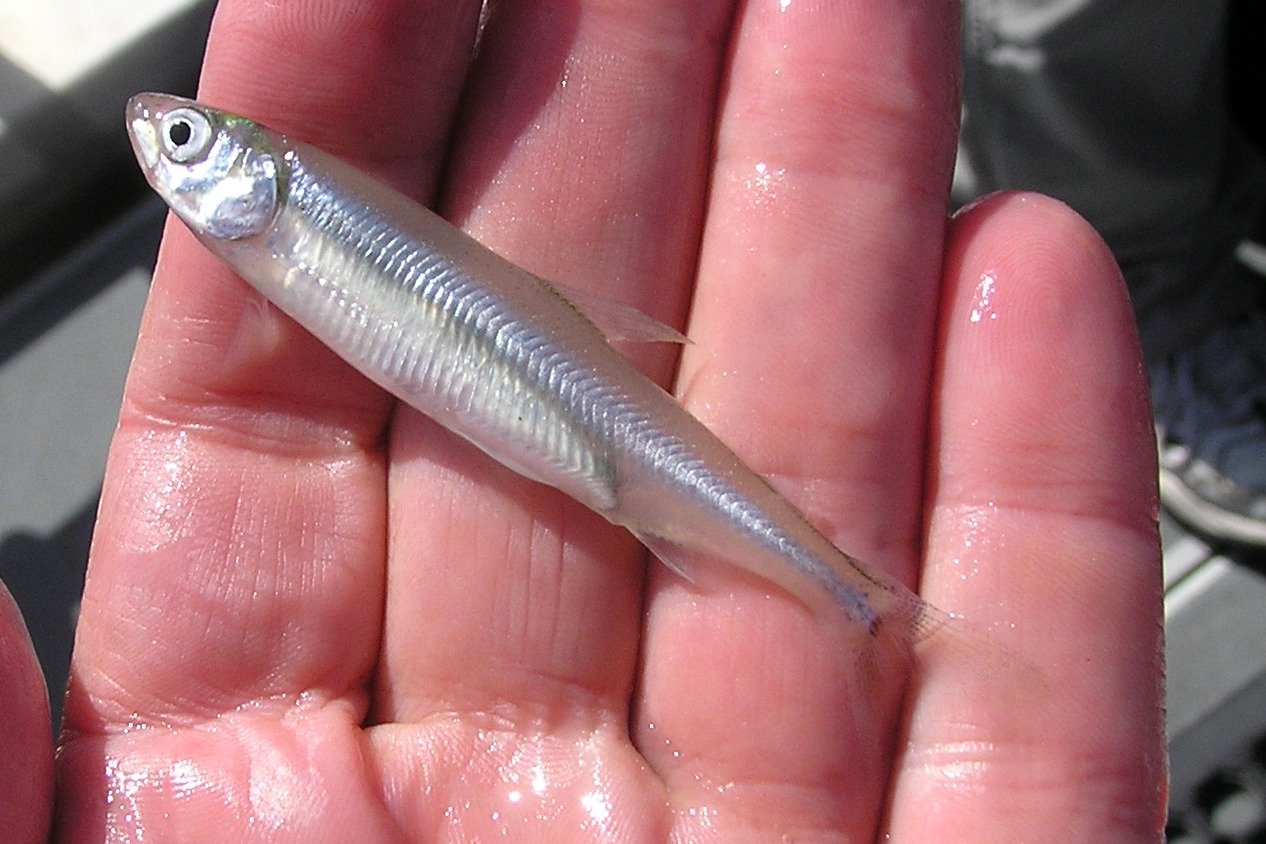
The tiny fish that once defined an estuary – the Delta smelt – has become a rumor told by instruments. Standard trawl surveys often come up empty, and researchers lean on eDNA and targeted sampling to find a pulse. Longfin smelt, their larger cousins, face many of the same squeezes: low flows, warmer water, and invasions that strip plankton from the base of the food web. Turbidity matters here; clear water can be bad news for species evolved to hunt in the murk. When the soup turns to glass, predators gain and smelt fade.
Fixes exist, and they’re surprisingly straightforward. More cold water at the right times pushes temperatures back into the survivable range. Managing salinity and turbidity keeps habitat in the sweet spot. Reconnecting tidal marsh gives young fish places to feed and hide. The Delta is complicated, but its needs are not mysterious.
Forests Without Frogs
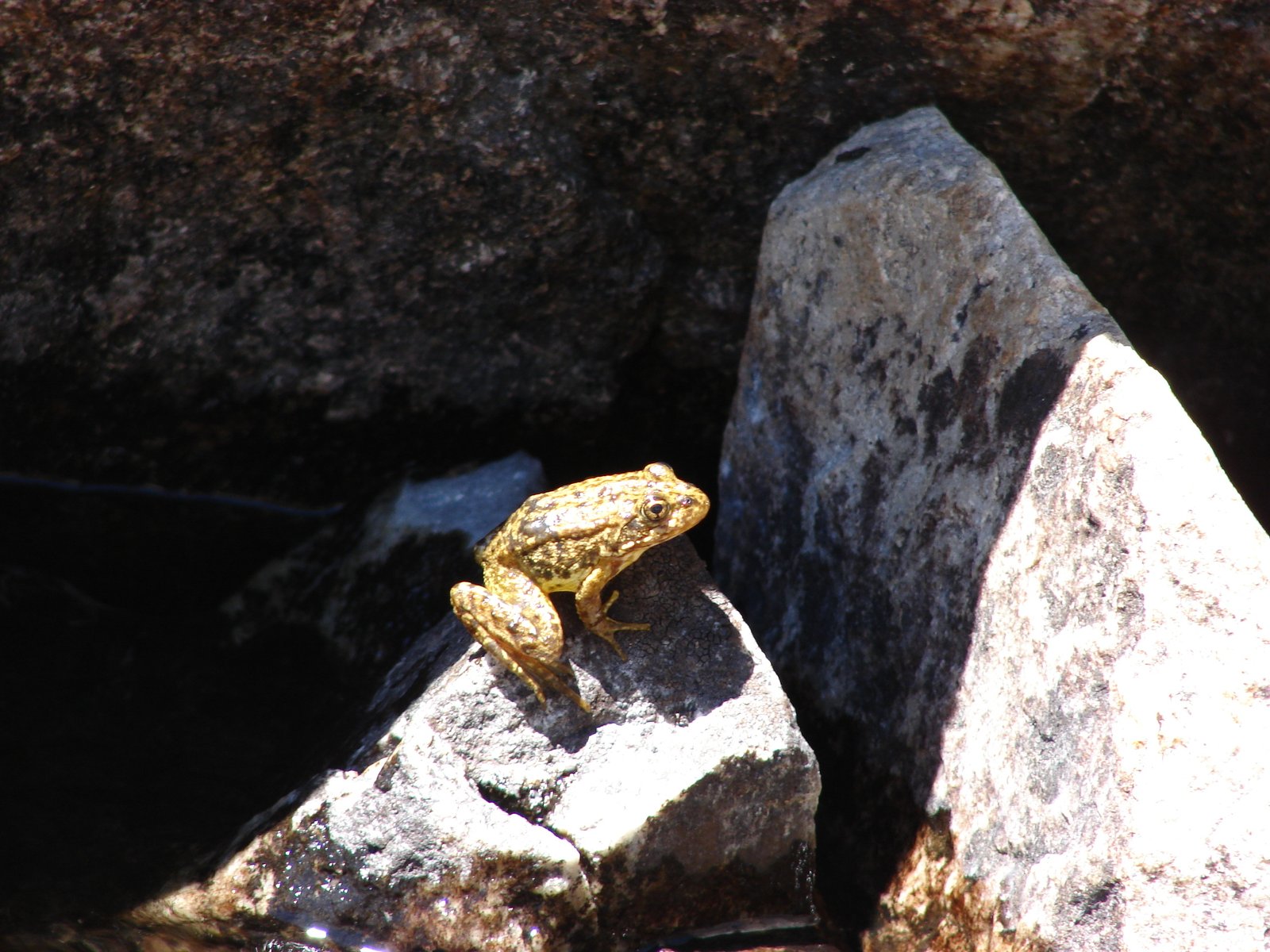
In the high Sierra, the silence can ring. Where mountain yellow-legged frogs once chorused, disease and introduced trout teamed up to empty lakes. Chytrid fungus chips away at skin – the amphibian version of a lung – and fish gobble tadpoles that used to grow in peace. Biologists now combine short-term antifungal treatments, fish removal, and head-starting of tadpoles to rebuild pockets of resilience. Each restored basin becomes a seed for the next one.
It’s slow, meticulous work, more like restoring a painting than rebuilding a wall. Crews haul out nets and gear on their backs, season after season, to give frogs a clean slate. As lakes recover, birds and bats reap the insect windfall, and the food web restitches itself. Save a frog, and you often save a meadow and a summer’s worth of swallows.
Why It Matters
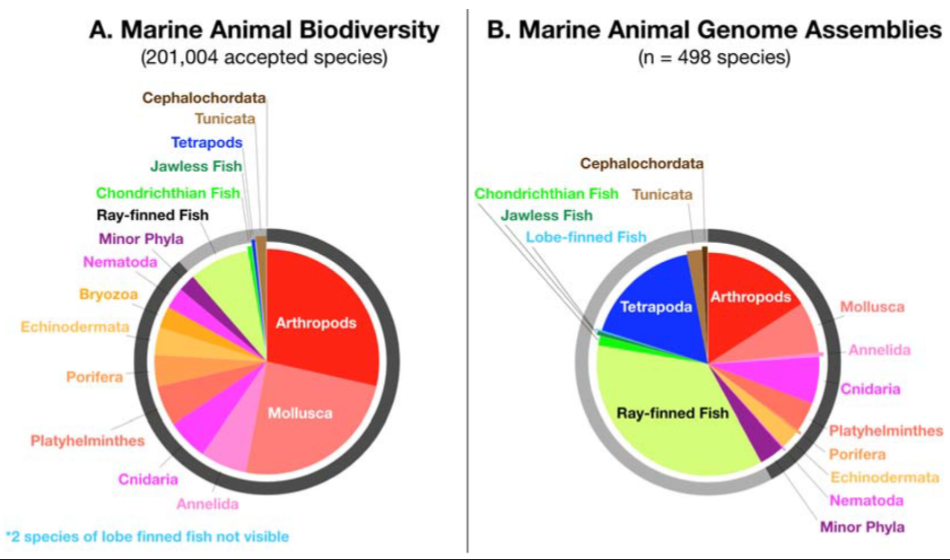
Biodiversity isn’t just a moral stance; it’s the engine of reliability in a state built on extremes. Salmon carry ocean nutrients upriver, feeding forests that then blunt floods and store carbon. Beavers slow water during wet years and spread it through dry ones, turning streams into long, green batteries. Predators balance prey, which protects plants, which stabilizes soil. Lose enough cogs and the system still turns – until it doesn’t.
There’s also the human texture that numbers miss. Coastal towns lean on healthy kelp for dive tourism, and inland communities celebrate salmon returns like holidays. Tribal cultural survival is laced to these species and places in ways law never fully captured. When we keep wildlife on the map, we also keep options: for clean water, safer fire, and livelihoods that match the land. That’s the quiet dividend of conservation.
The Future Landscape
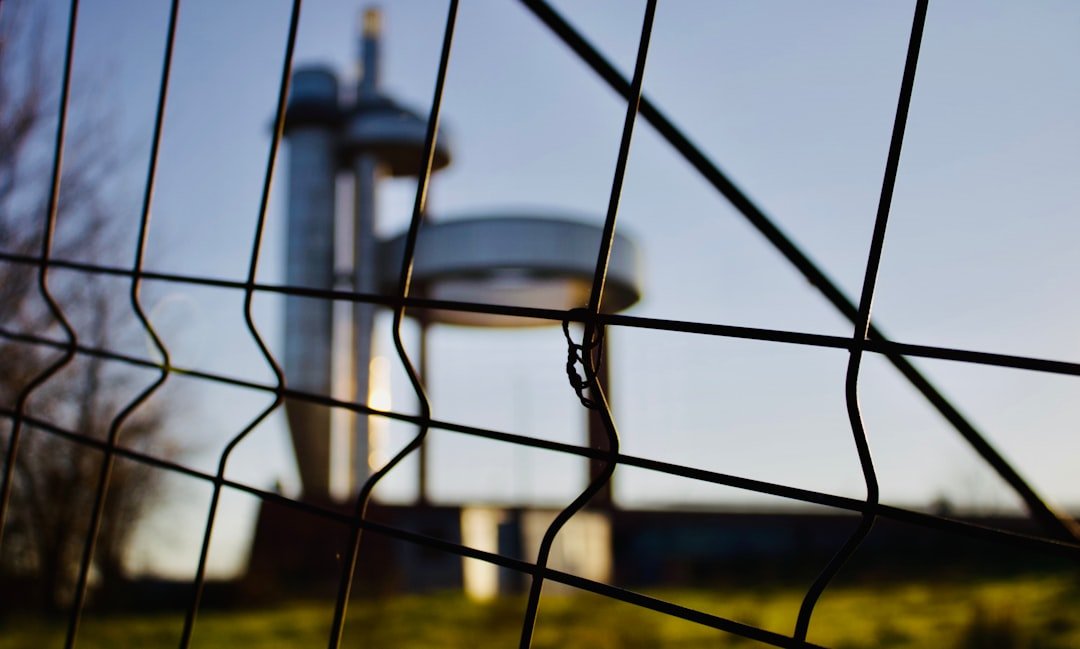
What comes next will look like collaboration wired with data. Satellite collars and AI-powered image tools will flag corridors in real time, guiding where fences drop or crossings rise. Environmental DNA will become routine as a water-quality test, alerting managers the week a species slips or returns. In rivers, reconnected floodplains and ongoing dam removals will reopen hundreds of miles of habitat, letting salmon runs rebuild like braided ropes. On the coast, targeted urchin harvests paired with kelp outplanting can flip local reefs back to balance.
There are hard edges, too. Climate extremes will push species uphill and poleward, and we’ll debate assisted migration with urgency rather than theory. Gene-rescue tools for tiny populations will raise ethical and ecological questions we can’t dodge. Funding will need to match the tempo of change, not the slow march of budgets. But if we align policy, land use, and science, the curve can still bend toward abundance.
How You Can Help
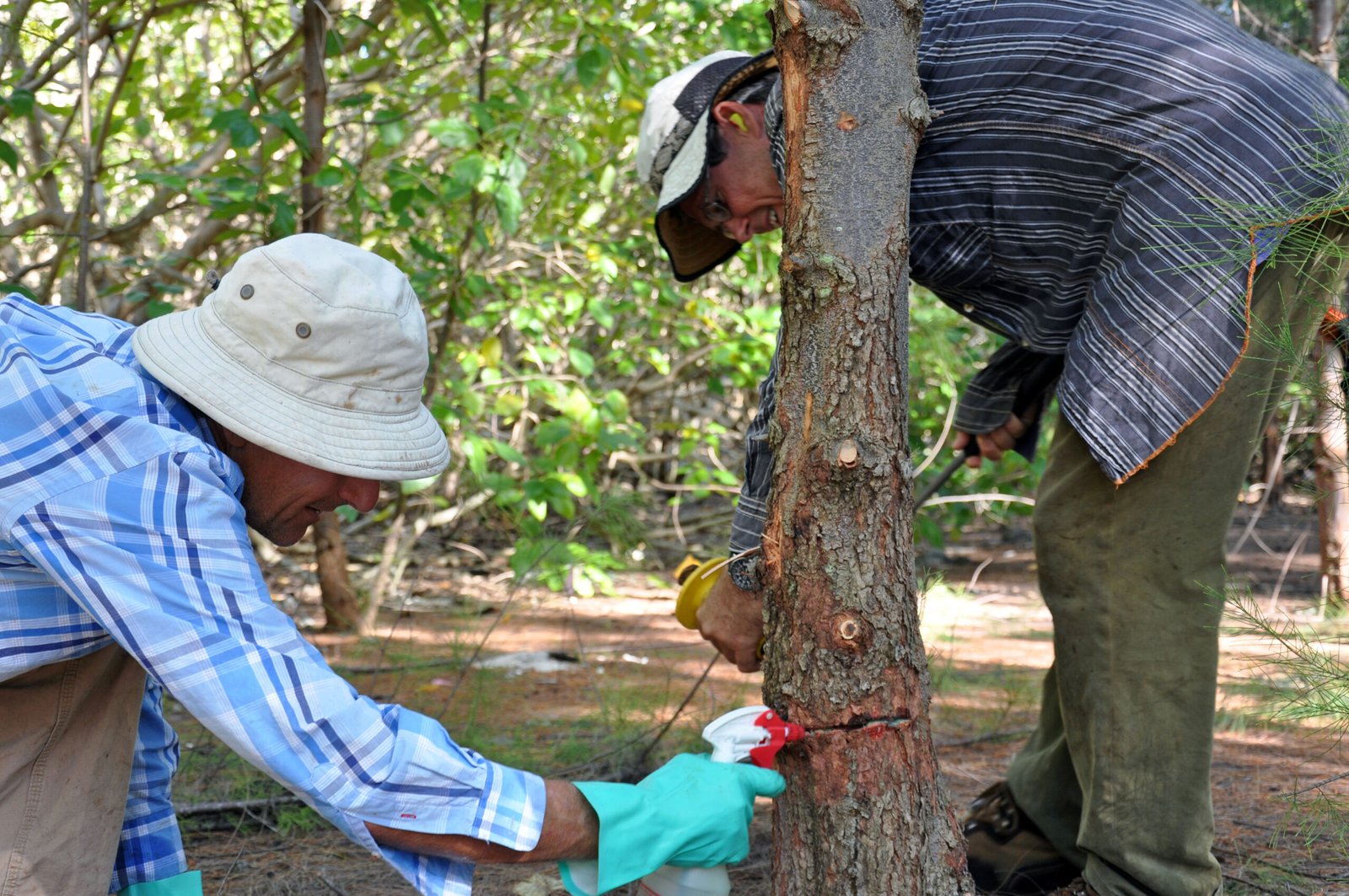
Start small and local, then scale. Choose lead-free tackle and ammunition so scavengers survive the meals we leave behind. Swap rodenticides for smarter pest-proofing; poisons travel up the food chain long after we forget about them. Use less water at home and support projects that let rivers breathe onto their floodplains in winter. If you live near fire-prone edges, back cultural burns and responsible thinning that tame the worst flames.
Get curious and make it count. Join a community science project that logs birds, frogs, or tidepools – those dots help direct real money and action. Volunteer for a weekend pulling invasive plants or planting willows along a creek; the work is muddy and strangely joyful. And when a wildlife crossing, wetland, or dam-removal proposal lands on a ballot, vote for the living future you want.
Conclusion
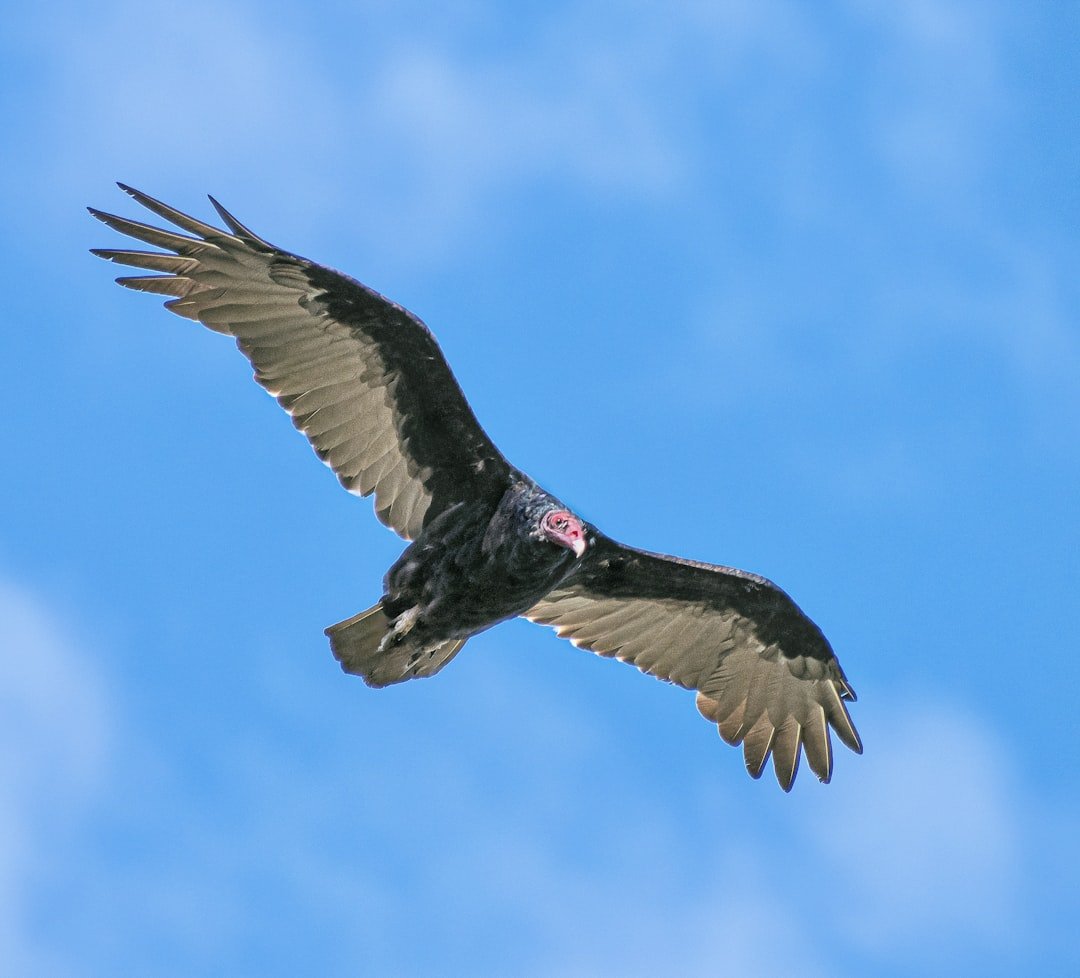
The first time I watched a condor tilt its wings over Big Sur, it felt like seeing a door open to deep time. California still holds doors like that, even if some are sticking at the hinges. We know enough now to oil them, to widen the frames, to keep the passage open for fish, frogs, predators, and people. The question isn’t whether loss is possible – it is – but whether we’ll treat recovery as a choice within reach. If not now, when, and if not us, who will pull?

Suhail Ahmed is a passionate digital professional and nature enthusiast with over 8 years of experience in content strategy, SEO, web development, and digital operations. Alongside his freelance journey, Suhail actively contributes to nature and wildlife platforms like Discover Wildlife, where he channels his curiosity for the planet into engaging, educational storytelling.
With a strong background in managing digital ecosystems — from ecommerce stores and WordPress websites to social media and automation — Suhail merges technical precision with creative insight. His content reflects a rare balance: SEO-friendly yet deeply human, data-informed yet emotionally resonant.
Driven by a love for discovery and storytelling, Suhail believes in using digital platforms to amplify causes that matter — especially those protecting Earth’s biodiversity and inspiring sustainable living. Whether he’s managing online projects or crafting wildlife content, his goal remains the same: to inform, inspire, and leave a positive digital footprint.

